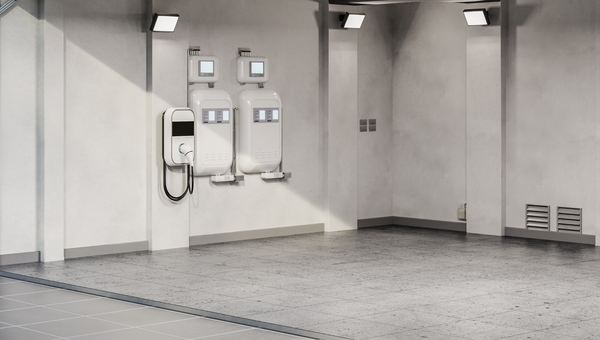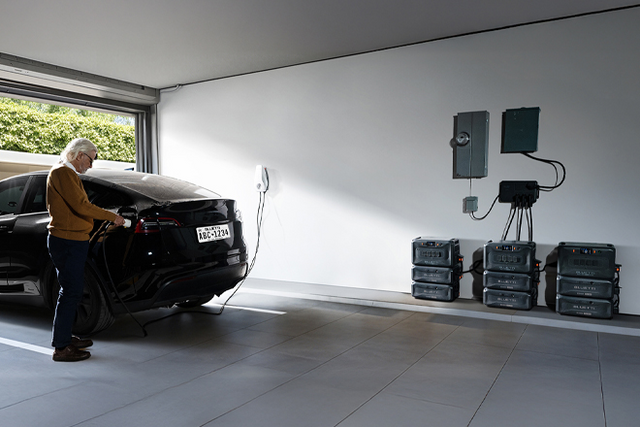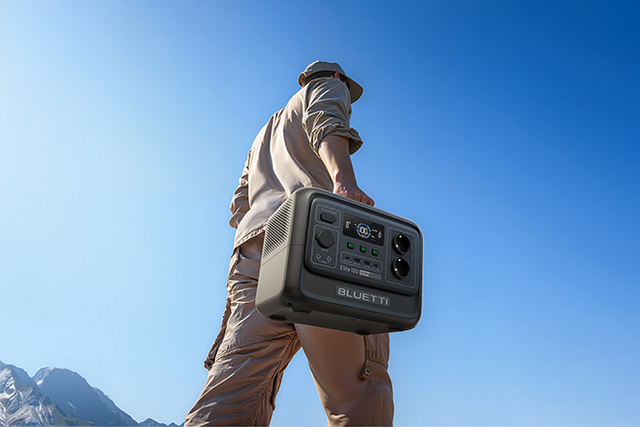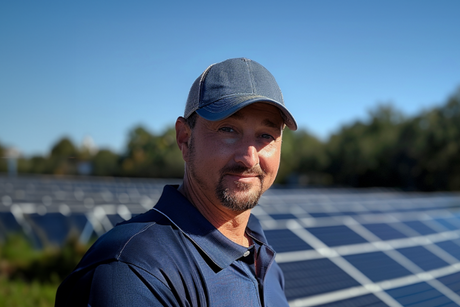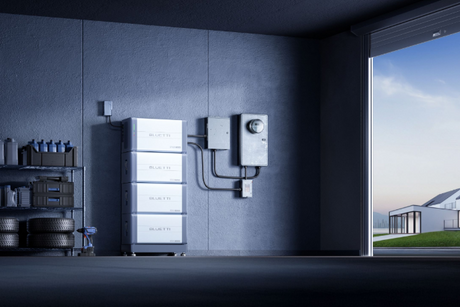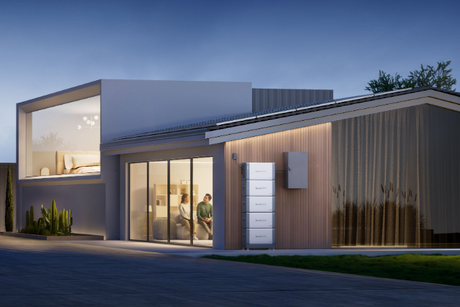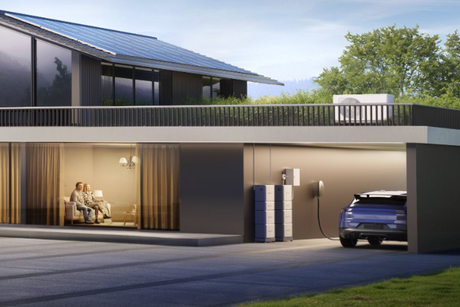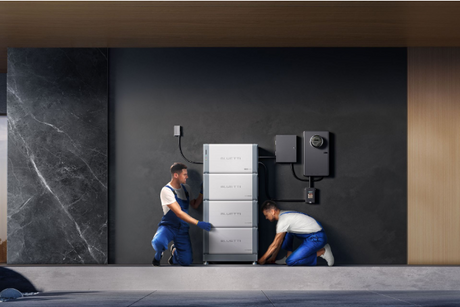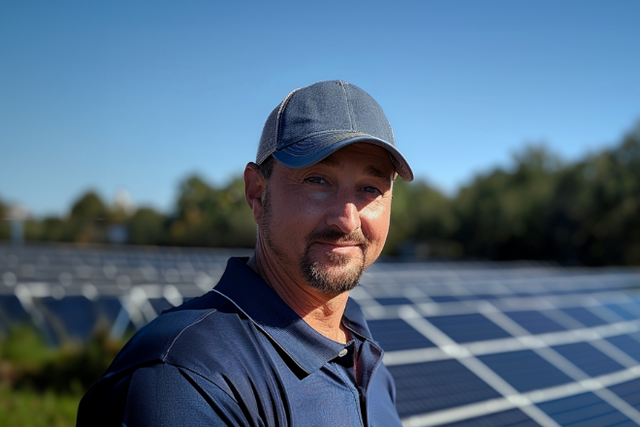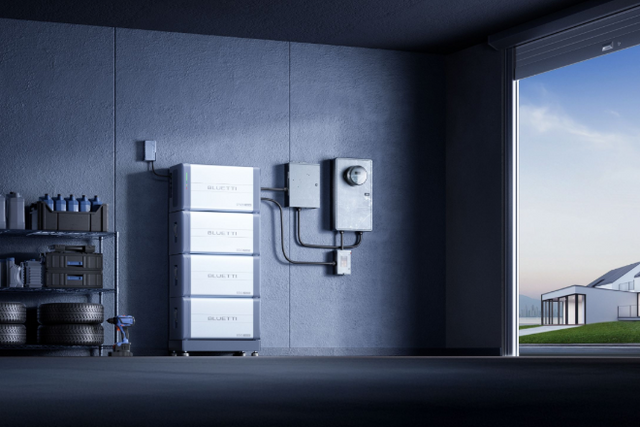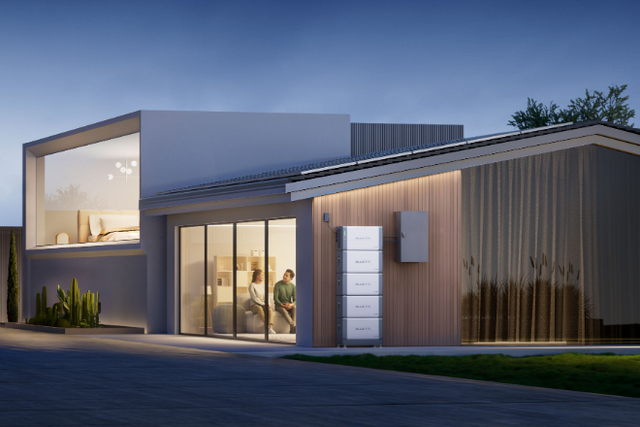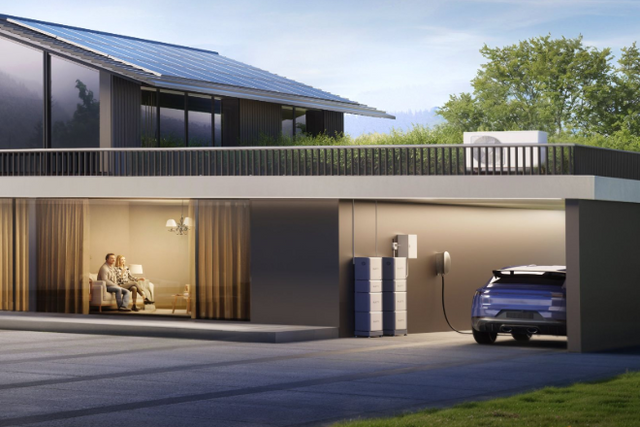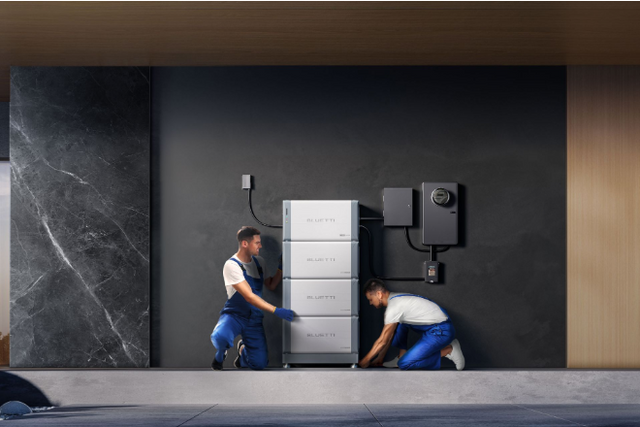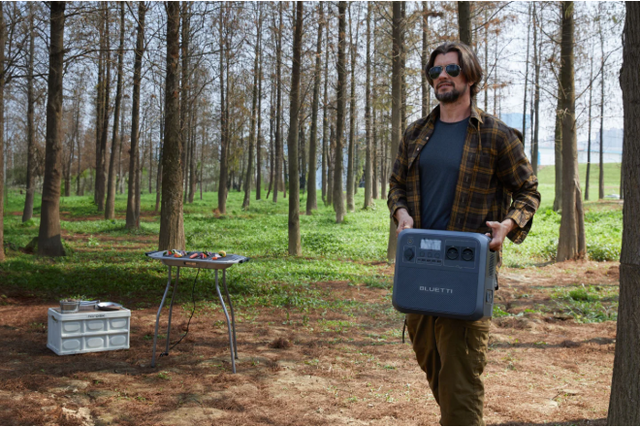In the pursuit of a sustainable future, the European Union (EU) has consistently endeavored to implement policies that promote energy efficiency and environmental consciousness. One such key initiative is the Energy Performance of Buildings Directive (EPBD), a legislative framework aimed at improving the energy efficiency of buildings across European countries. This article delves into the essence of the EPBD, its goals, and the 2023 revision, exploring how amendments contribute to the overall energy efficiency landscape.
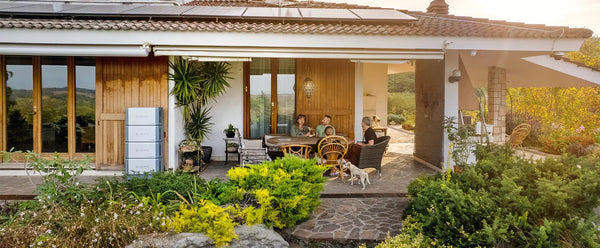
What is EPBD?
What does EPBD stand for?
The Energy Performance of Buildings Directive (EPBD) is a cornerstone in the EU's strategy to address energy consumption and reduce greenhouse gas emissions. Enacted in 2002 and subsequently revised in 2010 and 2018, the EPBD establishes a comprehensive framework for improving the energy efficiency of buildings within the EU member states. The directive emphasizes the significance of enhancing the energy performance of both new and existing buildings, setting standards for energy certification and requirements for nearly zero-energy buildings.
What is the Goal of EPBD?
The primary goal of the EPBD is to create a more energy-efficient building stock throughout Europe. By encouraging the adoption of sustainable construction practices and promoting the use of renewable energy sources, the directive aims to reduce energy consumption and mitigate the environmental impact of buildings. The EPBD places a strong emphasis on fostering innovation in the construction sector, pushing for the integration of cutting-edge technologies that contribute to the overall sustainability of buildings.
What is the EPBD Revision 2023?
The "EU fit for 55" plan, which aims to reduce greenhouse gas emissions by at least 55% by 2030 compared to 1990 and reach climate neutrality by 2050, includes this updated amendment. An additional crucial component of the Renovation Wave Strategy (MEMO) is the EPBD. The MEMO, which was presented in October 2020, outlined steps intended to increase the annual rate of energy renovation by 2030.
The directive's 2023 revision also seeks to:
The revised EPBD significantly expands upon the operational energy consumption focus of the original EPBD by requiring the calculation and reporting of buildings' carbon footprints in accordance with EN 15978 and Level(s). By 2027, larger structures larger than 2000 square meters will be the first to use this carbon footprint assessment, and by 2030, it will be applied to all buildings.
The implementation of a zero-emission requirement for all new construction is one of these modifications. Publicly owned buildings must have zero on-site fossil fuel emissions as of January 1, 2028, and all other new construction must have zero emissions as of January 1, 2030. However, there are several permitted exceptions.
The most recent version of the EPBD sets goals for EU member states to increase building energy efficiency, especially for the least efficient structures at the moment. By updating the least energy-efficient structures, the directive mandates a 16% by 2030 and a 20%–22% reduction in energy usage for residential buildings by 2035. Comparably, by predetermined dates, non-residential buildings must be improved, with an emphasis on the energy-inefficient ones. Additionally, the EPBD establishes standard Energy Performance Certificates (EPCs) for the whole EU.
The revised EPBD directive offers recommendations to EU member states on how to enhance building upgrades while reducing emissions. It entails creating comprehensive support centers for homeowners and small and medium-sized enterprises (SMEs) interested in renovation, offering renovation passport programs to help owners achieve zero-emission buildings, and developing national initiatives to make buildings more energy-efficient.
The BLUETTI EP760 is a cutting-edge home battery backup that seamlessly integrates with solar panel systems. This innovative solution not only enhances energy resilience but also contributes to the overall energy efficiency of buildings. Some advantages of installing the BLUETTI EP760 include:

Energy Storage Capacity
The EP760 boasts an impressive energy storage capacity, allowing homeowners to store excess solar energy generated during peak sunlight hours. This stored energy can then be utilized during periods of low sunlight or power outages, reducing reliance on the grid and enhancing energy self-sufficiency.
Grid Independence
By incorporating the BLUETTI EP760, homeowners can achieve a degree of grid independence. It not only reduces electricity bills but also contributes to a more resilient and decentralized energy system, aligning with the EU's vision of a sustainable and reliable energy infrastructure.
Environmental Impact
The integration of solar panels with the BLUETTI EP760 supports the reduction of carbon footprints. By harnessing clean and renewable solar energy, homeowners contribute to the mitigation of climate change and promote environmental sustainability.
Ease of Installation and Maintenance
The BLUETTI EP760 is designed with user-friendly features, making installation and maintenance hassle-free. Its user-friendly interface and compatibility with various solar panel systems make it an accessible and efficient choice for both residential and commercial applications.

Amendments of EPBD
The Clean Energy for All Europeans package of 2018 included an amendment to the original Energy Performance of Buildings Directive (EU/2010/31). The amending directive added new components and made a clear political statement about the EU's intention to advance and modernize the building industry.
The Commission unveiled the European Green Deal's Renovation Wave initiative in October 2020. It includes a plan of action with specific funding, regulatory, and enabling measures to support the renovation of buildings. The strategy's main components are to enhance and revise the EPBD directive in order to promote deep renovation and at least double the yearly rate of energy renovation of buildings by 2030.
Present in July 2021, the "Fit for 55" package, Delivering the European Green Deal, emphasized the need for building renovation even more. It also proposed the creation of a Social Climate Fund to assist small businesses and vulnerable citizens in making the transition to a greener economy. This support would go towards building renovation, clean heating and cooling systems, and increased use of renewable energy sources.
In December 2021, the Commission released its proposal to amend the EPBD. It aimed to modernize the current regulatory framework to take into account increased ambition and the urgent need for social and climate action.
The necessity to address the building stock in the EU was also brought to light by the REPowerEU plan, which was enacted in May 2022 and aimed to lessen Europe's reliance on imported energy.
The co-legislators came to a provisional agreement on December 7, 2023, and the recast will go through the formal adoption process in the early months of 2024.
What can Improve the Energy Performance of Buildings?
Efforts to enhance the energy performance of buildings extend beyond legislative frameworks. Various strategies and technologies contribute to achieving higher energy efficiency standards, aligning with the objectives of the EPBD.
The foundation for improved energy performance lies in the design and construction of buildings. Implementing energy-efficient architectural designs, utilizing high-performance building materials, and adopting construction practices that minimize energy waste are fundamental to achieving sustainable buildings.
Proper insulation and ventilation play a critical role in regulating indoor temperatures and reducing energy consumption. Advanced insulation materials and ventilation systems contribute to maintaining comfortable living conditions while minimizing the need for excessive heating or cooling.
The integration of renewable energy sources, such as solar panels, wind turbines, and geothermal systems, significantly contributes to enhancing the energy performance of buildings. The use of on-site renewable energy generation reduces reliance on traditional power sources and lowers carbon emissions.
Smart building technologies leverage data and automation to optimize energy use. Implementing sensors, energy management systems, and smart controls allows for real-time monitoring and adjustment of energy consumption, ensuring buildings operate efficiently.
BEMS enables centralized control and monitoring of a building's energy usage. These systems provide insights into energy consumption patterns, identify inefficiencies, and offer solutions to improve overall energy performance.
The renovation of existing buildings plays a crucial role in improving energy performance. Sustainable renovation practices involve upgrading insulation, replacing outdated systems with energy-efficient alternatives, and integrating renewable energy solutions.
Creating awareness among building owners, occupants, and the general public about the importance of energy efficiency is essential. Education programs can promote energy-conscious behaviors and encourage the adoption of sustainable practices in both residential and commercial settings.
Conclusion
The Energy Performance of Buildings Directive stands as a testament to the EU's commitment to fostering sustainability in the built environment. The continuous evolution of the directive, as evidenced by the 2023 revision and subsequent amendments, reflects the dynamic nature of the energy efficiency landscape and the EU's dedication to achieving ambitious environmental goals.
As solar energy gains prominence in building design and construction, solutions like the BLUETTI EP760 emerge as crucial contributors to achieving energy efficiency targets. The mandate for rooftop solar installations on new buildings from 2030 underscores the EU's recognition of solar power as a key element in enhancing the energy performance of buildings.
Shop products from this article
You May Also Like

Black Friday Deals 2025: Save Big on Solar & Storage Systems

Thuisbatterij Buiten Plaatsen: Veiligheid, Weerbestendigheid & Beste Praktijken
